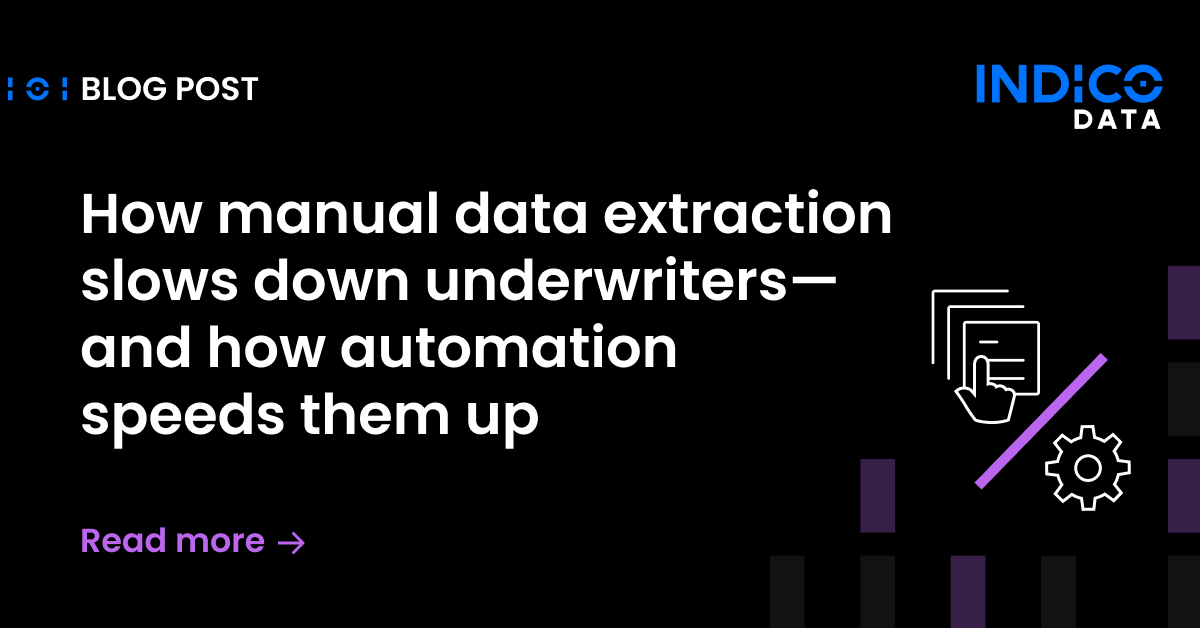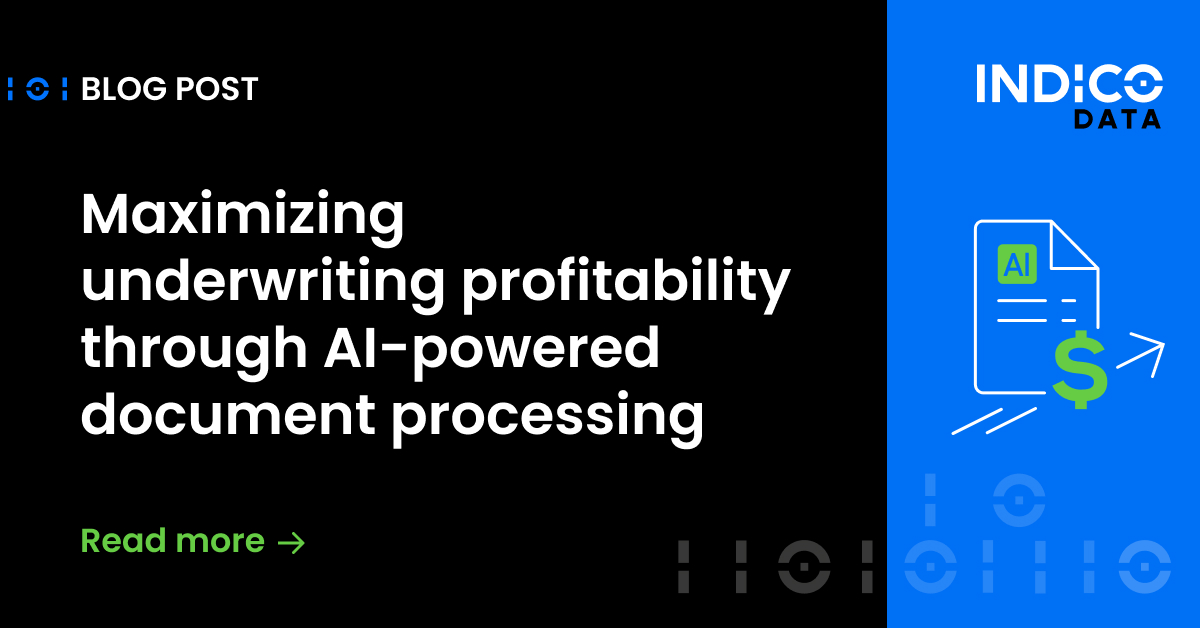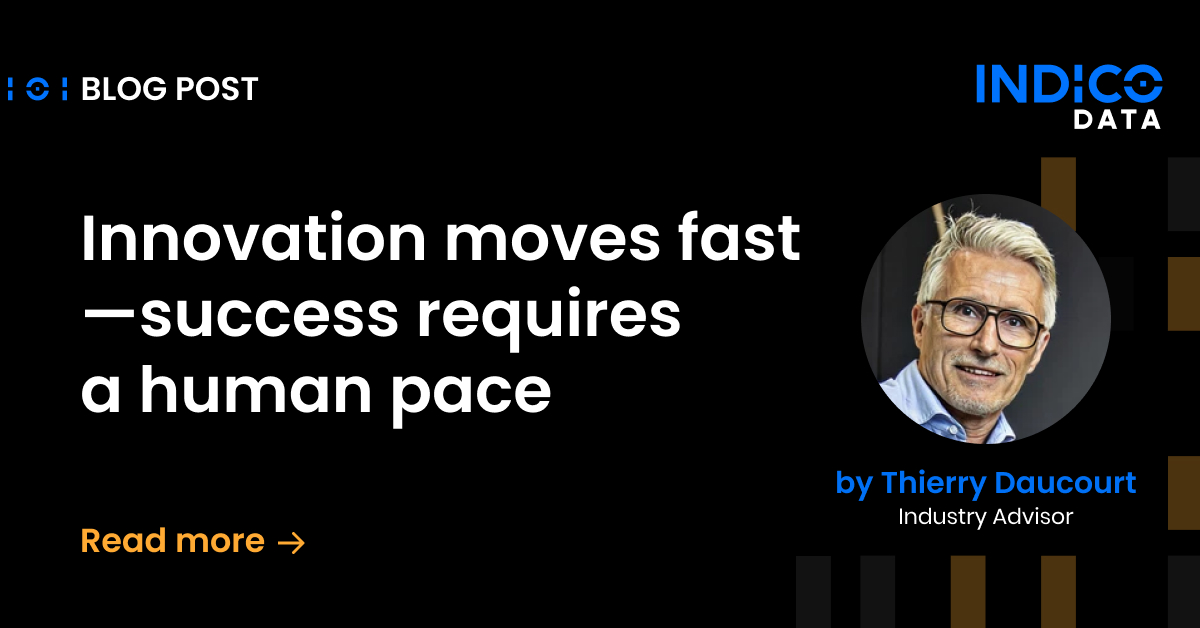In recent weeks we’ve covered why it’s beneficial for companies interested in intelligent document processing technology to establish an automation center of excellence (COE), as well as how to go about building a COE and its main functions and responsibilities. In this final post in the COE series, we’ll look at how COEs can work most effectively with lines of business (LOBs).
The goal of the automation COE is to identify intelligent document processing projects that make truly effective use of the technology to help the business reduce costs while improving productivity and, often, accuracy.
The ideal vs. the reality
Ideally, LOBs would come to the COE with a clear idea of the process they want to automate, the outcomes they want, and an easy way to measure those outcomes. The process would be well-documented, complete with flow charts, and the business value to be had from automation would be clear, such as an 80% savings of time on task.
In reality, that pretty much never happens. More likely, the LOB points to a certain process as a pain point but has only a vague idea of who is involved and how the process works. When you dig in, you discover that “how it works” depends on who you ask. Some folks put values in a database one way, for example, while others do it a bit differently.
You only discover that discrepancy when you try to document how the process is supposed to work, because the process has never been codified before. For the most part, those involved in the process don’t really talk to one another about how they do things; they just do them.
Collaborative approach required
Given that reality, COEs need to take a collaborative approach to working with LOBs to identify sound process automation use cases. That means examining why a process is causing pain, to determine whether it’s a process than can and should be automated in the first place.
Here’s a true story from the intelligent automation trail. A client wanted to automate a process involving what it said were unstructured documents. At first glance, it was immediately clear the documents were actually forms printed off the web. Customers filled out web-based forms, the client printed them out, then wanted to automate the process of dealing with the now-paper forms.
This, we quickly pointed out, was a process that did not require automation – at least not if you stopped printing the forms and instead fed them directly to whatever application would ultimately process them. In other words, don’t print the Internet.
While that’s an extreme example, in most cases you’ll want to figure out the time dollar cost to be saved through automation and ensure it’s sufficient for the effort required. It may be a matter of how many hours are being used in order to meet a service level agreement – and whether at least some of those hours can be saved through automation. Accuracy is also an issue, although it doesn’t convert straight into dollars. But, if you can reduce hours while improving accuracy, now you’re in business.
Keep in mind that almost no process involving unstructured documents will be completely automated. If employees are involved in decision-making at some level, that’s not likely to go away completely. The COE needs to work with the LOB to understand which parts of the process can be automated, which can’t or shouldn’t be, and the expected cost savings to be had.
Identifying process automation use cases
How you go about finding the best candidates for process automation projects will vary depending on company size. In my previous life, I worked at an investment management firm that was small enough such that I was able to develop good relationships with LOB leaders. Then it was just a matter of checking in with them occasionally to find opportunities.
At a company with thousands of employees, that’s probably not feasible. Instead, a good approach is to solve a problem for one business unit, then draw the connection from that to problems other LOBs may be having. It helps if that original win is a decent-sized win, with reasonably impressive results, as opposed to a simple project involving low-hanging fruit.
With a solid win to your credit, you can do a road show of sorts where you advertise your success. Help LOB leaders identify the patterns that show why the success you had with your project will translate to their pain points. In short, you need to be able to operate in the business world as credibly as you do in the technical world.
The job is easier when both the LOB and COE are working under a common executive mandate, such as to figure out how to reduce costs and increase capacity for processes under their scope of responsibility. Then it’s not unusual for LOB leaders to come looking to the COE for help.
Hopefully this series has given you some insight into what makes for a successful automation COE. Tools can certainly help, including the Indico Unstructured Data Platform, which can automate all sorts of document-intensive processes. To learn more, check out our interactive demo or contact us with any questions.


